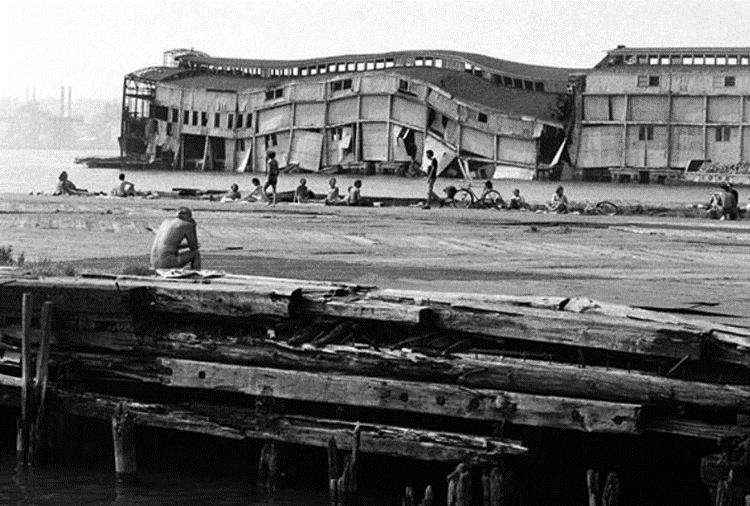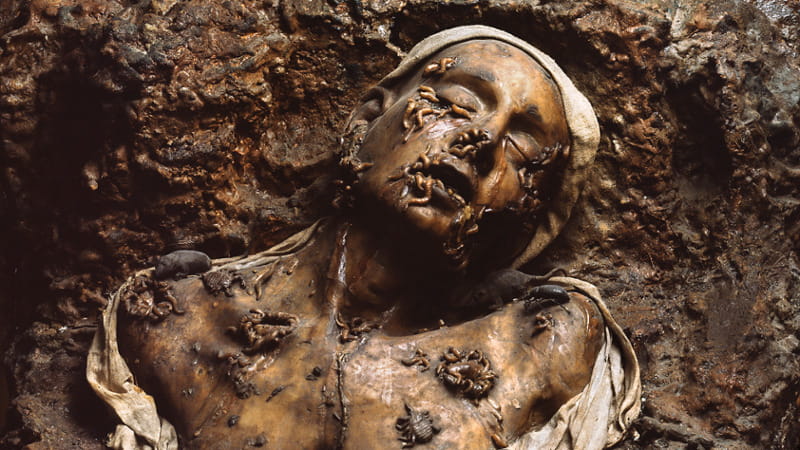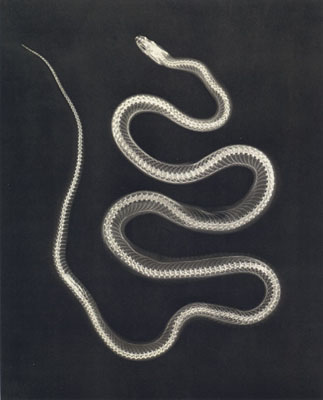Irresistible Decay: Aestheticization of the death and life imbrications from the 18th Century to today
DATE: TBC
Keynote speakers:
Professor Corinna Wagner (University of Exeter)
&
Professor Sarah Lamble (University of Birbeck)
Decay, according to Julia Kristeva, is a ‘privileged site of mingling, of the contamination of life by death, of begetting and ending’ (1982). As a natural process where life and death inevitably meet, decay is an irresistible metaphor for social, artistic, medical, and political investigations of life and death cross-contamination, states of the not-yet-dead, and continuations of life in death. As a dangerously malleable concept, decay's imagery has thus lent itself to both the most emancipatory and the most oppressive ideas.
Since the 18th century, morbid aestheticizations of decay have prevailed over other explorations of the matter’s potential to figure the intertwining of destruction and regeneration. Giovanni Battista Piranesi’s etchings evidenced an epochal lust for ruins, while Jean-Baptiste Lamarck’s scientific studies conveyed a novel interest in organic matter. This fascination with degeneration soon infiltrated political discourses, participating in the proliferation of an ‘undifferentiated image of “rottenness”’ which became a shorthand for the ‘corruption of morals as much as the decomposition of flesh’ (Foucault, 1963). In the following centuries, the aestheticization of decay became a frequent means of expressing fears around atavism and eugenics, slowly instrumentalising it as a biopolitical rhetorical tool. This long association of decay and anxieties persists in the political discourse of the current moment. In our contemporary world, metaphors of decay have become a signifier of neoliberal forms of deadliness. According to Achille Mbembe (2003), our society organises itself into death-worlds where the governing logic of capitalism turns humanity into ‘an extravagant carcass’ that is ‘struggl[ing] to escape the dust’ and where our relationship to the organic world is ‘ecocidal.’
Departing from the irresistibility of decay, this conference will explore how life and death imbrications have been aestheticised across time. This conference thus offers to pose the following questions:
• Forms of Aestheticization: How has the aestheticization of decay been manifested in different artistic, literary, and cultural contexts since the 18th century?
• Exploitation of Decay Imagery: In what ways has the irresistible imagery of decay been utilized in historical, political, social, and philosophical discourses?
• Tensions between Life and Death: How has decay served as a lens through which to explore the intricate interplay between life and death?
• Decay in the Anthropocene: What insights can decay offer concerning discussions around biodiversity, ecosystems, and the Anthropocene epoch?



